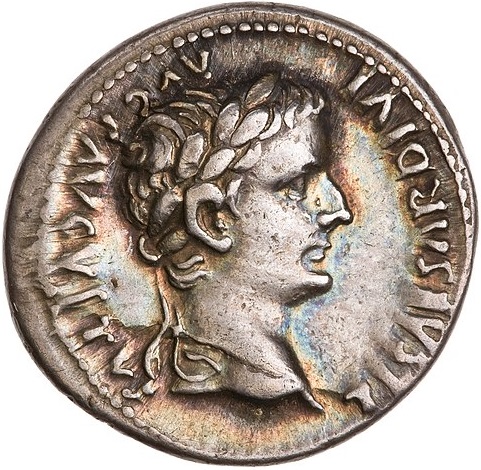Mark 12:38-44, Lepton; kodrantes
Luke 15:1-10, Genesis 24:12-22, Drachma
Matthew 17:24-27, Didrachma; stater
Mark 12:1-17, Denarius, a Roman coin used in Palestine
John 12:1-8, Denarius. Some ointment was very expensive
Ezra 8:1-34, Daric (a Persian coin)
Exodus 13:1-15; Numbers 3:40-51, Gerah (defined only; 1/20 shekel; also a weight)
Matthew 18:23-35; Revelation 16:17-21, Is the NT talent money or a weight?
Ezekiel 45:9-17, 1 Kings 10:14-17, Maneh (60 shekels, also seems to be a weight)
Weights
Exodus 38:24-25; Leviticus 27:1-3, Shekel of the temple may be gold or silver
2 Samuel 14:11-26, Shekel, king's weight
2 Samuel 12:26-31, Kikar/Talent
John 19:25-42, Litra, about a pound or about 3/4 of a pound?
Liquid and Dry Measures
Leviticus 14:10-32, Log (apparently 1/12 hin, but how do they know?)
Ezekiel 45:9-17, 1 Ephah = 1 Bath; 10 Ephahs = 1 Homer = 1 Cor; 60 shekels = 1 mina
Luke 16:1-8; John 2:1-11, Bath, Cor, Metretes (NT)
2 Kings 6:24-31, Cab (1/18 Ephah, but how do they know?)
Dry Measures
2 Kings 6:32-7:6, Seah (1/3 ephah, but how do they know?)
Exodus 16:11-36, Omer = 1/10 Ephah
Lengths, Times, and Prices
Copyright information, disclaimers, and sponsors
Return to homepage

Silver denarius of Tiberius Caesar, Roman emperor during the time of Christ.
Denarii varied from about 17-20 mm, or about 0.67-0.79 inch.
Courtesy of the American Numismatic Society and Wikimedia.